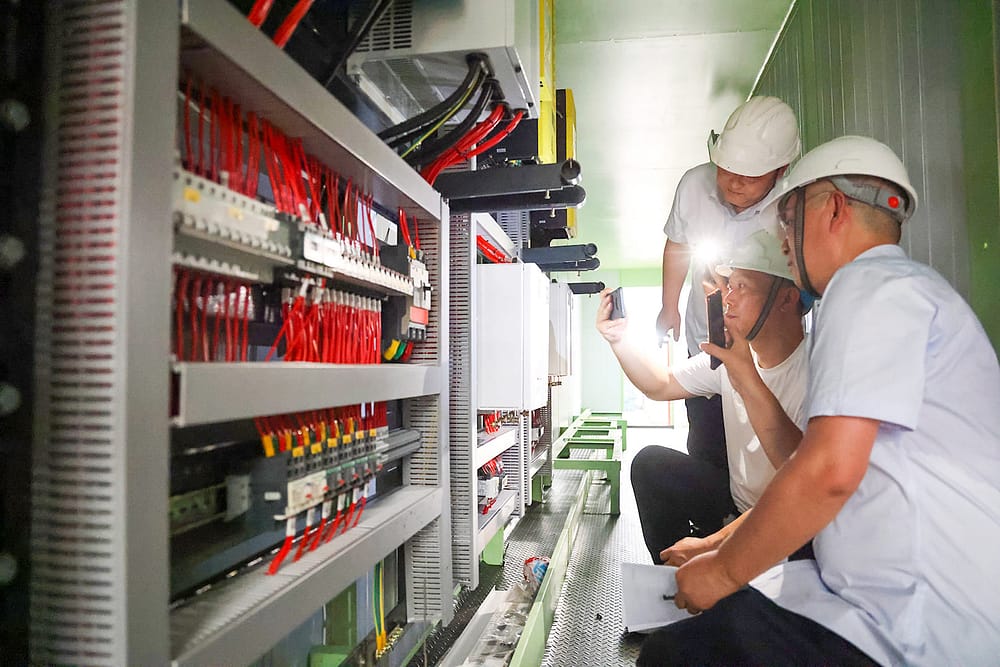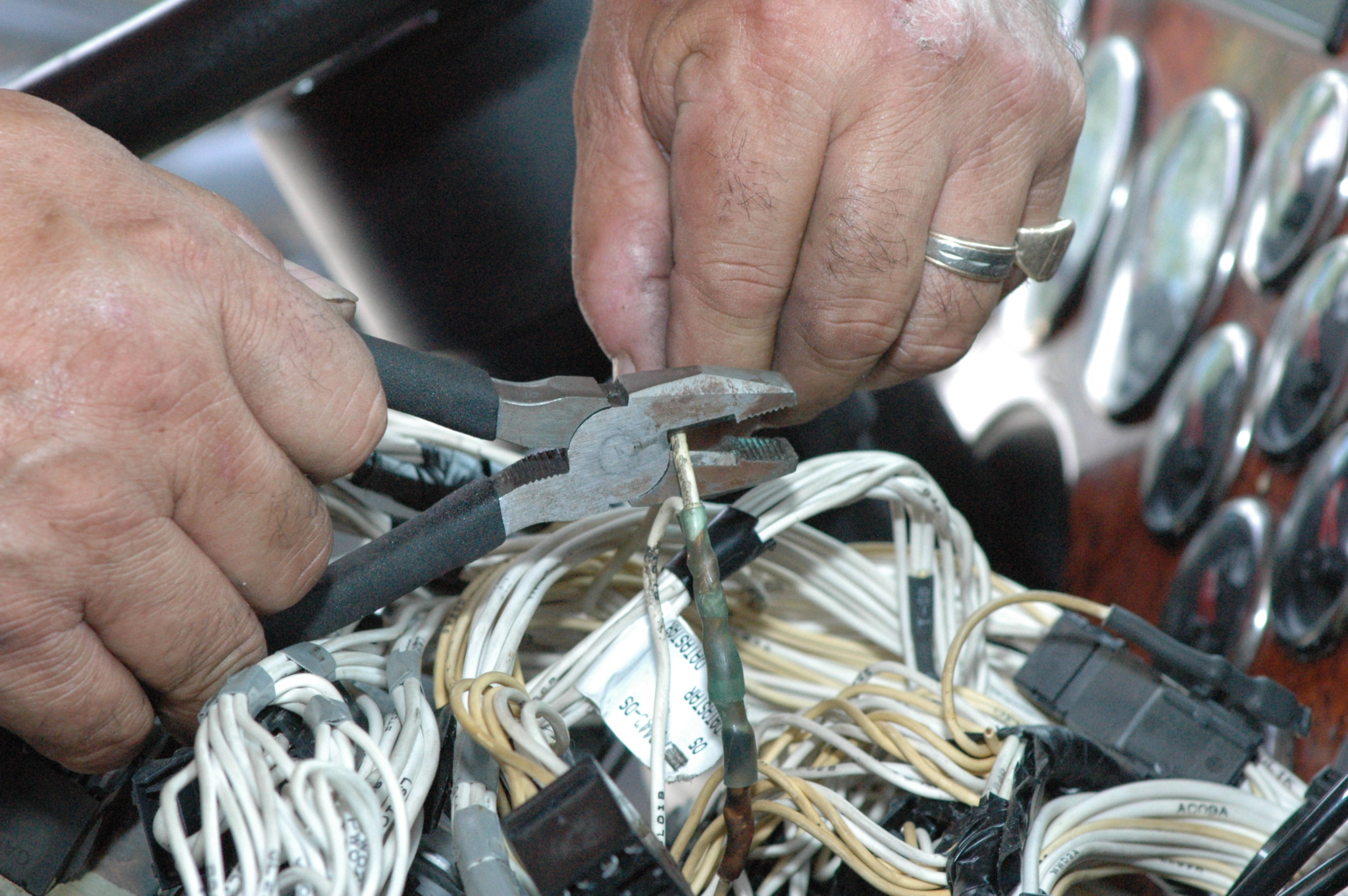Dedicated technical support for electrical industry challenges.
Dedicated technical support for electrical industry challenges.
Blog Article
Leading Tips for Effective Electric System Troubleshooting
Repairing electric systems needs a systematic method, based in a comprehensive understanding of electric concepts and safety protocols. The subtleties of efficient troubleshooting expand beyond simple technological expertise; comprehending how to record searchings for and prioritize safety and security can significantly influence results.
Understand the Basics
Understanding the essentials of electrical systems is crucial for efficient troubleshooting, as a strong foundation permits service technicians to diagnose and deal with problems extra efficiently. A comprehensive grasp of electric principles, such as voltage, existing, resistance, and power, is crucial in recognizing the source of issues. Voltage is the electric prospective difference that drives existing through a circuit, while resistance opposes the flow of existing, affecting the general capability of the system.
Experience with circuit components, consisting of resistors, capacitors, diodes, and switches, is likewise critical. Each part plays an unique role in circuit actions and can affect efficiency when malfunctioning. Furthermore, comprehending series and identical circuit configurations is crucial, as these setups influence the distribution of voltage and existing within the system.
Service technicians have to be mindful of potential hazards, such as shock and short circuits, to carry out risk-free troubleshooting methods. By grasping these fundamental principles, professionals boost their ability to perform efficient diagnostics and repair services, eventually leading to boosted performance and integrity of electric systems (electrical system troubleshooting).
Gather Necessary Devices
Effective troubleshooting of electric systems calls for the ideal collection of tools to detect and solve concerns accurately. Essential tools consist of a multimeter, which determines voltage, present, and resistance, enabling for specific assessments of electrical components.
In addition, protected hand tools such as screwdrivers, pliers, and wire strippers are crucial for securely manipulating electric links. It is additionally suggested to have a circuit tester accessible to verify the existence of voltage in electrical outlets and wires. For more complex systems, a thermal imaging video camera can aid spot overheating components, showing possible failures.

Comply With a Systematic Method
Having gathered the appropriate devices, the next action in repairing electrical systems is to follow a systematic technique. A methodical approach makes sure that technicians can determine mistakes effectively and precisely, lessening downtime and protecting against unnecessary repair services.
Begin by reviewing the system's schematic layouts and specs. This involves checking each component methodically, beginning from the power resource and functioning towards the load.
Make use of screening tools, such as multimeters and oscilloscopes, to collect unbiased data regarding voltage, present, and resistance at various factors within the system. This empirical proof will certainly assist your troubleshooting efforts and aid to confirm or eliminate possible sources of failure.
In addition, think about environmental factors that may influence the system's efficiency, such as temperature level fluctuations or wetness ingress. A comprehensive evaluation of circuitry, connections, and parts will ensure that all opportunities are represented.
File Your Findings
Complete documentation is necessary in the repairing process of electric systems. This practice not just aids in comprehending the root cause of the problem yet also serves hop over to here as a recommendation for future fixing initiatives.

Additionally, preserving a log of parts replaced or repair services carried out is invaluable. This details supports stock monitoring and can aid assess the long life and reliability of specific parts.
Inevitably, the paperwork process need to be detailed yet concise, making it possible for very easy retrieval and review - electrical system troubleshooting. By focusing on comprehensive paperwork, specialists can create a useful data base that not just help in current troubleshooting but additionally equips future upkeep initiatives, thereby boosting general system dependability

Prioritize Safety Measures
Recognizing the fundamental threats related to electric systems is critical for making sure safety throughout troubleshooting. Electric shock, burns, and tools damages are just a few of the prospective hazards that professionals face. Focusing on security procedures is not only a legal responsibility however additionally a moral essential that safeguards both the professional and the surrounding environment.
Before starting any troubleshooting job, specialists ought to don ideal personal safety tools (PPE), consisting of insulated handwear covers, shatterproof glass, and flame-resistant garments. Guaranteeing that the job area is completely dry and without clutter can dramatically decrease the danger of crashes. Furthermore, it is vital to de-energize circuits before starting any type of job, verifying that they are not endure making use of a multimeter or voltage tester.
Developing clear communication protocols with employee is also essential; this makes sure that every person knows possible threats and the condition of the electrical system being worked with. Having an emergency situation action plan in location can confirm invaluable in the occasion of a case. By prioritizing precaution, that site technicians can successfully minimize threats and cultivate a much safer office.
Conclusion
Reliable electrical system fixing relies upon a detailed understanding of essential principles Find Out More and a methodical method. By gathering important tools, adhering to systematic examination strategies, and diligently documenting findings, the fixing process comes to be a lot more efficient and reliable. Focusing on safety steps ensures the health of individuals included and the integrity of the electric system. Executing these techniques will enhance the repairing experience, leading to quicker resolutions and improved operational performance in electrical systems.
Report this page